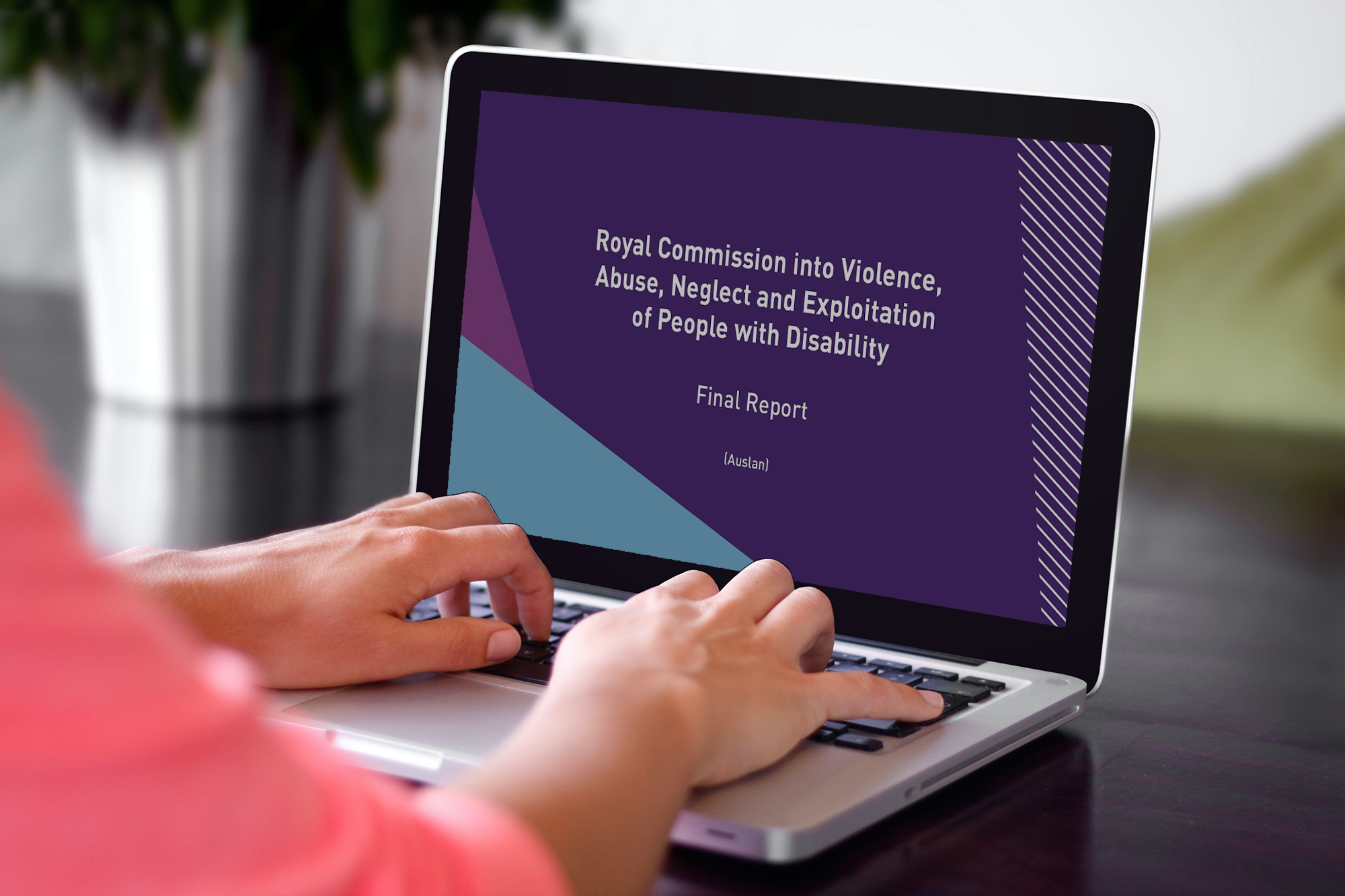Whatever standards apply to the services your organisation delivers, they will require you to implement a core group of policies and procedures that cover both operations and service delivery. They will also require you to ensure that those policies and procedures are understood by all stakeholders, and are consistently followed across your organisation.
These requirements are not just for the sake of compliance and ‘red tape’. They are to help your organisation put in place procedures for the consistent delivery of safe, high-quality services for your clients, that are responsive to their individual needs.
So, how can you work towards best practice in policy development and implementation?
What drives new policy development?
The first reference point for policy development should be the regulations and standards that apply to your organisation. You could create a list of mandatory policies and procedures based on these obligations – or if you use SPP, you will be prompted as you go through your self-assessment journey.
The next stage is identifying any gaps in your organisation’s policies and procedures. Gaps can be identified by undertaking regular detailed compliance checks against relevant standards and guidelines in SPP.
Gaps can also be identified through continuous quality improvement cycles. Feeding into CQI should be:
- Regular reviews
- Incidents & near misses
- Feedback
- Complaints
Policy development process
The process of good policy development involves:
- Issue identification: Awareness of a gap drives policy development – need may be identified through an incident or near-miss, feedback or regulatory requirements.
- Policy analysis/context: Determine the context in which a policy should be developed. Why is the policy needed? Who are the stakeholders? What is the targeted outcome?
- Consultation: Determine who should take responsibility; research and prepare a draft policy for wider consultation; revise the draft policy based on feedback.
- Decision: Present the final draft along with the implementation plan to the Board or management for approval.
- Implementation: Allocate appropriate resources to support broad implementation of the policy; ensure it is understood and consistently followed.
- Communication and promotion: Promote the policy broadly and regularly. Make the policy available in different formats and languages (for accessibility).
- Review and evaluation: Review and update the policy regularly, usually annually. It is good practice to include review dates in a board governance calendar, as well as in the policy itself.
Policy contents
Organisational policies will vary depending on topic matter and purpose, but should be comprehensive, and should generally contain the following sections:
- Rationale or purpose statement: Reason for issuing the policy and the desired effect or outcome.
- Scope or coverage statement: State who is covered and affected by the policy, and who may be exempt.
- Date: State when the policy comes into force.
- Definitions: Include clear and unambiguous definitions for terms and concepts in the
document. - Responsibilities: State who is responsible for carrying out individual policy statements.
- Policy statement/s: Specific regulations, requirements or modifications to organisational
behaviour. - Procedures: Policies and procedures may be separate documents, however if you are drafting an operational policy, it should detail set procedures to be followed.
- Date of review: Specify date set for review and frequency of reviews.
Organisational policy development: key considerations
Best practice approaches to developing and implementing policies include:
- Accessibility: Ensuring policies are made widely available and in accessible formats.
- Clarity: Ensuring policies are written in a clear, concise manner using plain English.
- Accountability: Policies and procedures should set out who is accountable for implementing the procedures, and also accountability for updating/maintaining the currency of the policy.
Implementation: introducing policies to staff and implementing them across your organisation
Finalising a set of policies and procedures that govern how your organisation operates and delivers services is one thing – but implementation is even more important. That is, ensuring that all workers understand and follow them consistently, and that your clients also understand them where relevant.
Boards play an important role, and should take ownership in promoting policies and ensuring that staff are aware of them.
Policies should be published somewhere accessible, e.g. staff intranet – and in a form that can be understood by the audience. Consider: do you have workers who speak English as a second language?
However, publishing is not enough. Implementation should include:
- Onboarding and orientation for new staff, that includes briefing on organisational policies.
- Refresher training for staff on organisational policies.
- Keeping track of whether staff have read policies – this could be via a staff training register or a list of key documents that staff must read and sign.
- Ensure that all current policies are centrally accessible, and updated policies are re-distributed to staff/stakeholders.
- Hold a drill or run-through of procedures that involve staff/stakeholders.
What areas and requests are most popular?
We provide hundreds of policy templates and resources to our SPP subscribers. We develop new ones as regulatory requirements change, and also in response to popular requests. Here are some of the key areas community and health service providers are focused on currently:
Governance
- Good governance is a cornerstone of a successful and productive organisation.
- SPP hosts a broad suite of resources on governance and management to help organisations establish and maintain best practice leadership processes, including the Governing body meeting template and Governance and management good practice info sheet.
Easy English
- A consistent theme throughout many standards is that information must be provided to clients in the language, mode of communication and terms that the client is most likely to understand.
- In response to requests from providers, we’ve developed easy English policies on incidents, child rights, client rights, complaints and privacy.
Emergency and disaster management
- We’ve recently released a selection of new and updated resources in response to an increased focus on emergency and disaster management across a number of Australian health and service standards.
Child safety
- Any organisation providing services to, or interacting with, children should have child safe policies and procedures in place that are consistent with the National Principles for Child Safe Organisations (and state Child Safe Standards, if in NSW or VIC).
How can Standards and Performance Pathways assist?
- Gap analysis: SPP performs an automatic gap analysis, generating ‘Action Texts’ for providers to address, where they are not meeting a requirement.
- Linked resources and templates: Access policy templates and resources throughout the self-assessment journey, relevant to gaps in compliance.
- Sector updates and new resource alerts: PDF updates available within the platform keep organisations informed of relevant updates.
For a summary of this blog post, click here to access our ‘Best Practice in Organisational Policy Development’ slide deck.


